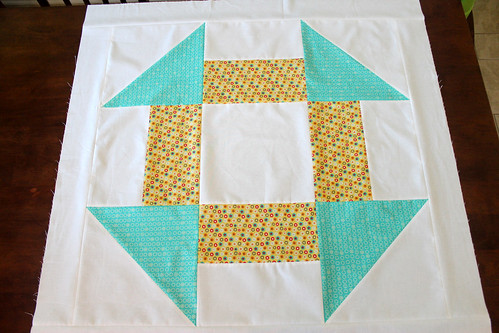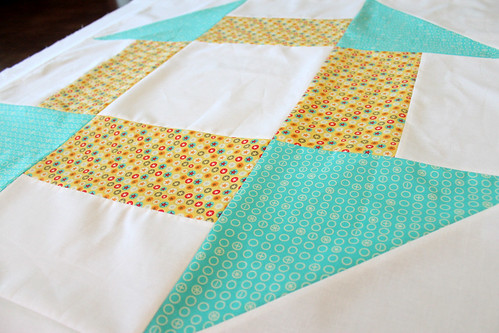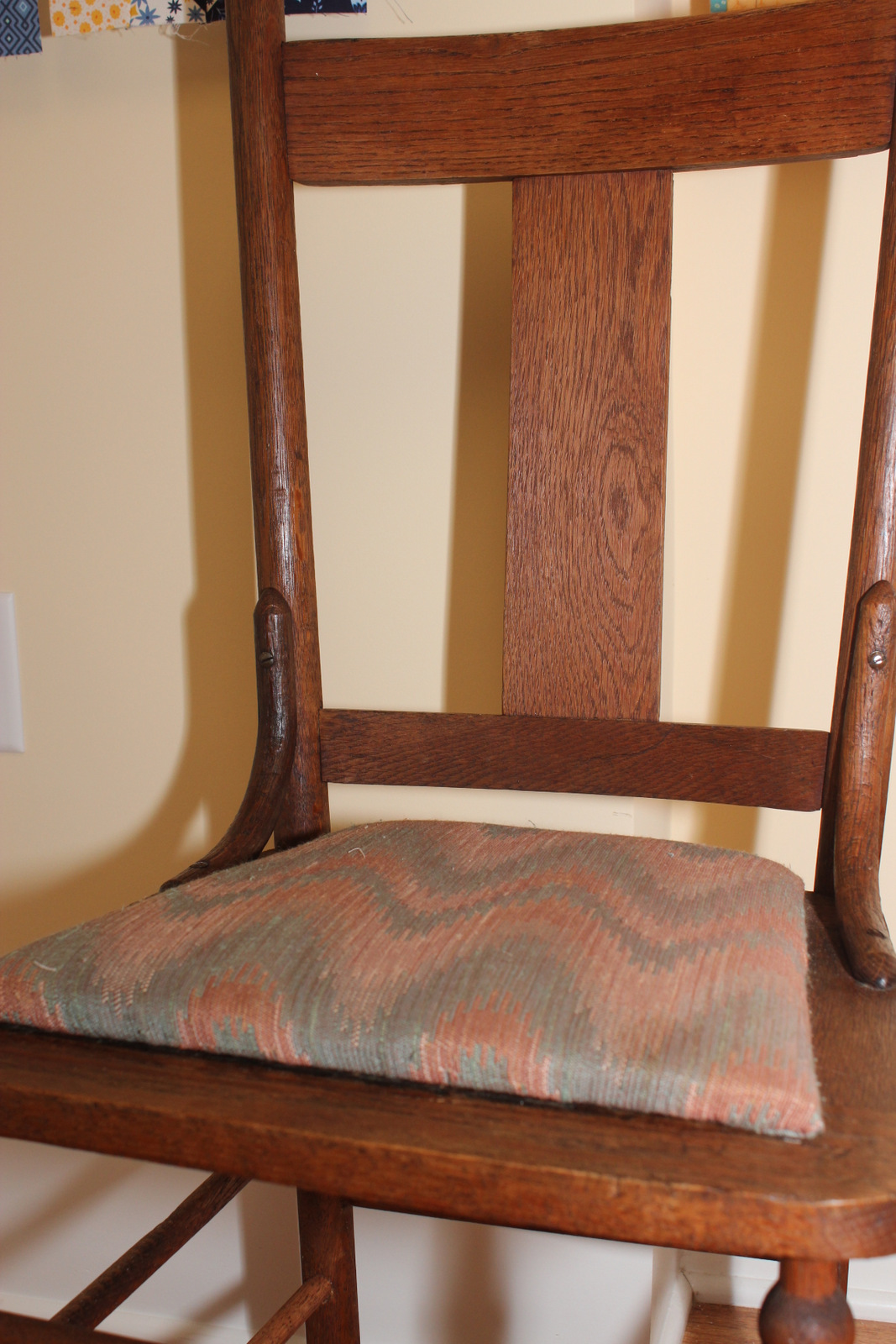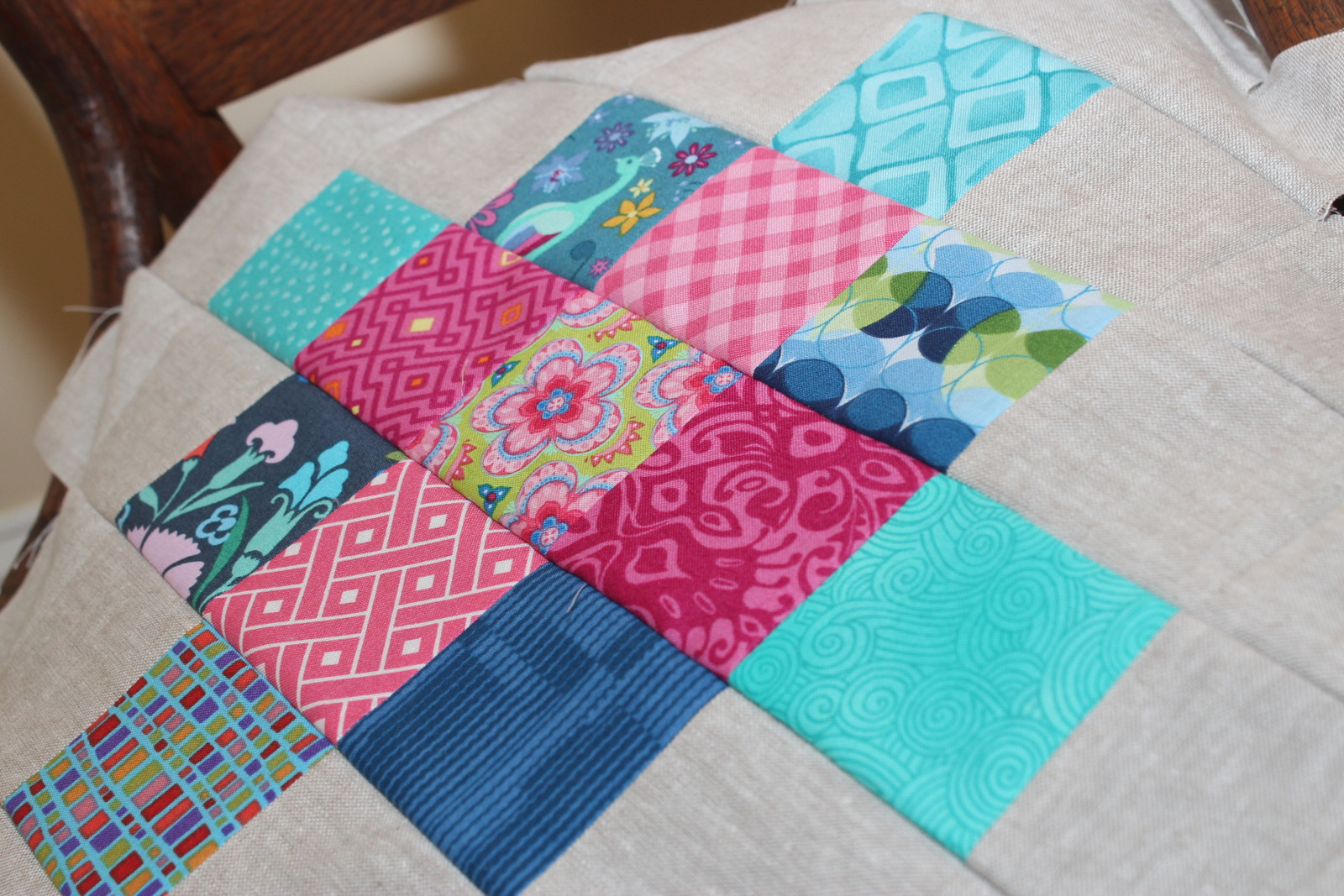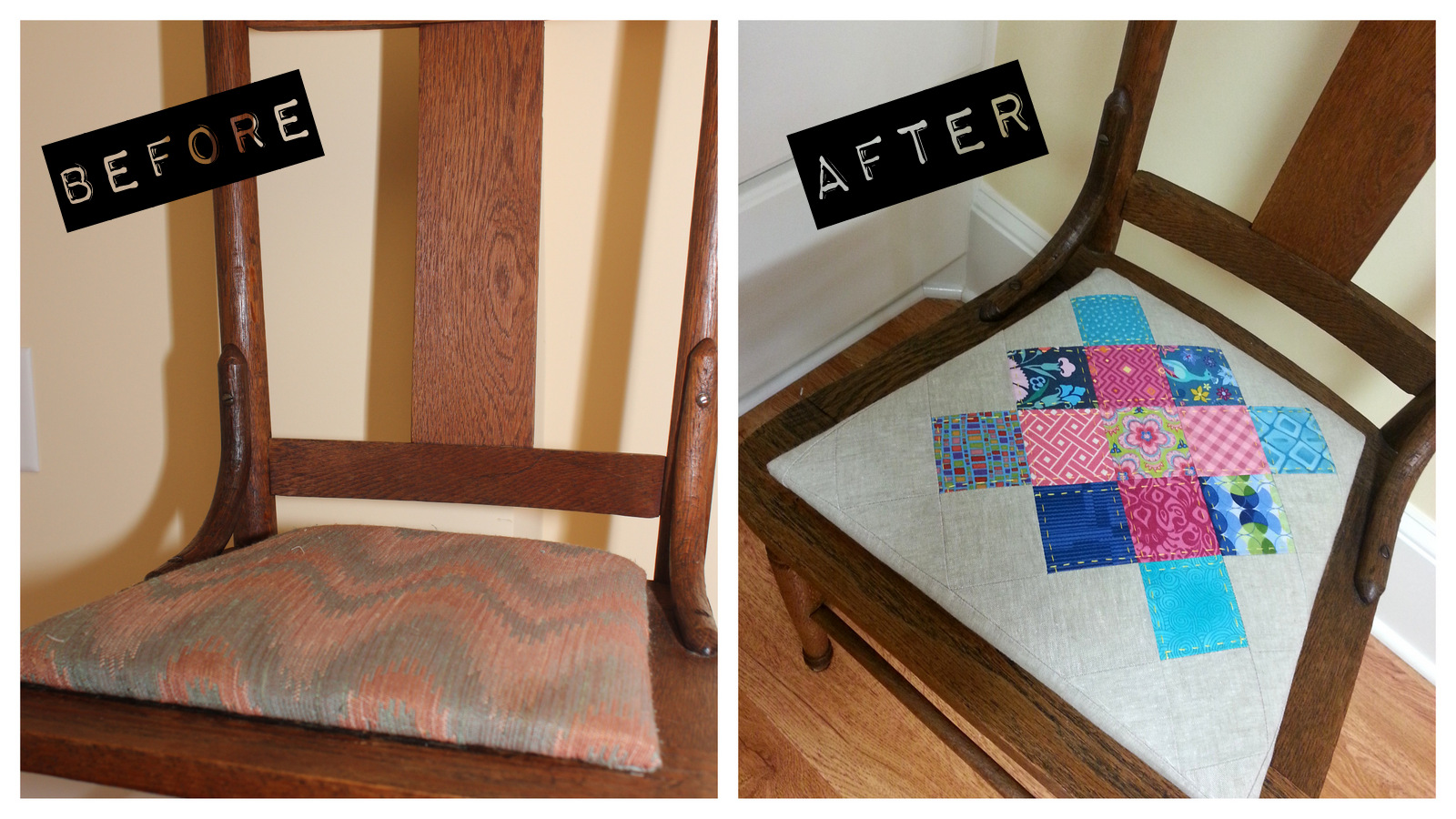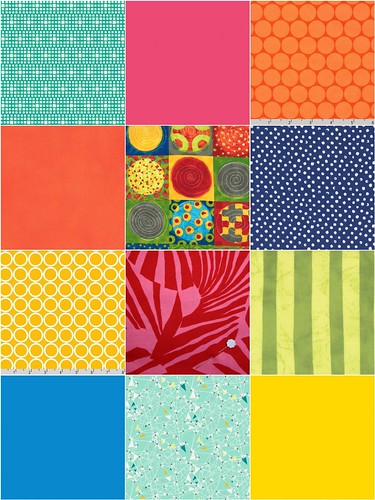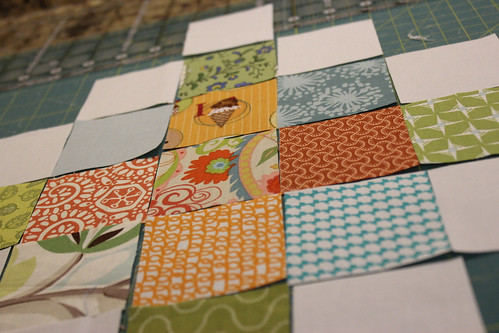After a family gathering of any sort, we like to share pictures with each other. It depends whose camera was lying around as to who got the best shots, usually of the kiddos. There have been so many times where I get emails with only 1 or 2 pictures attached because the images are too big to send more at a time through email. Enter my favorite photo tool: Picasa!
Picasa makes it soo easy to scale images to a reasonable size for emailing or uploading to a blog. You may be afraid that you'll lose photo quality this way, but most cameras these days take pictures with a much higher resolution than our computer screens can display or our human eyes can detect. The only reason to have really, really high resolution pictures is if you want to get a giant print of it.
Let's take a look at the quilt top from yesterday in Picasa.
Part One: Scaling File Size
Step 1: Choose your image in Picasa. Click the "Export" button on the bottom of the screen.
Step 2: A dialog box opens. Resize the image to something smaller. The number you resize to is the longer of the sides of the picture. For example, this picture is oriented horizontally, so it's 1200 pixels wide.
You can also adjust the "Image Quality" below the size. There's an option called "Automatic" which is a good standard.
Step 3: After adjusting the size, click "Export". Note: the photo will be in the location specified at the top of the dialogue box. This folder will automatically open after exporting, though, so it's okay if you don't remember where you saved the picture.
And that's it! Now you can email/upload/do whatever with your resized photo and be thankful that smaller pictures upload much more quickly!
Note: You can also resize lots of pictures at once... select them all then follow the above instructions. If you'd like a more detailed explanation of this, please contact me, I'd love to help!
Part Two: Resizing for Prints
I'm sure you've all uploaded pictures to have printed at your local drugstore/Target/favorite photo site and seen the message that says something to the effect of "your pictures are not really 4x6 even though you want 4x6 prints, we'll crop them for you", and then when you've picked up the pictures someone's head is chopped off just a little, but that great picture is now not-so-great. This is also helpful when resizing a picture to something like an 8x10, which has a different aspect ratio than what the picture has by default.
Step 1: Choose your image, then select "Crop".
Step 2: From the drop-down menu, select the size photo you'd like to have.
Step 3: Adjust the selected region on the photo so that no one's head is chopped off & you're seeing what you'd like to see. As you stretch the box that selects the region, the aspect ratio will not change, so no matter how you move or shrink the box, you'll end up with a picture that prints at the correct size. After you have the picture in the selected region looking like you want, click "Apply".
Step 4: The final step is to export the picture. Follow the steps in part one of this tutorial. Then, use the exported picture to order prints & have them come back just as you expect every time!





